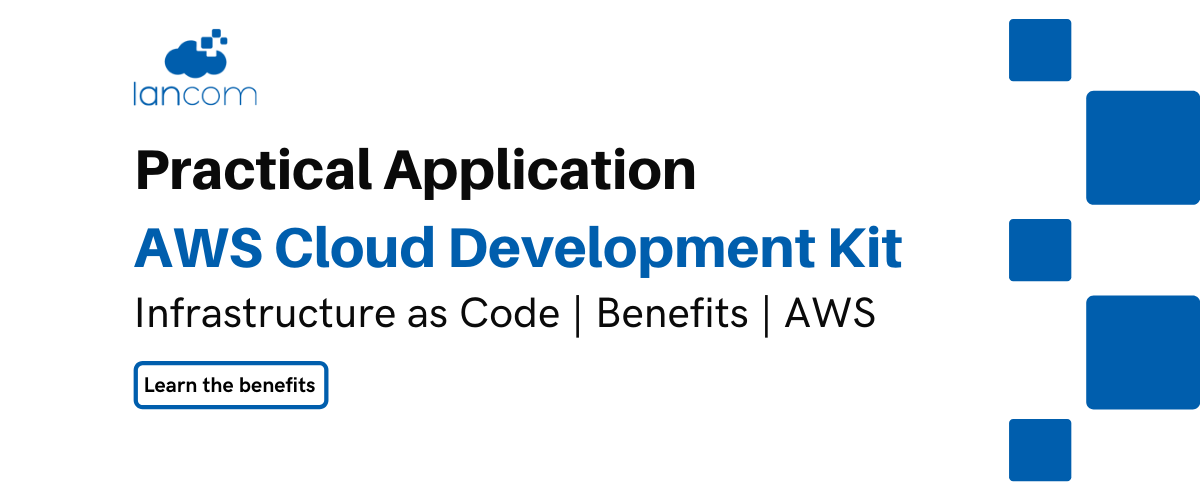![]() Despite advances in the resilience of IT systems, there remains a grim reality of failures which have the rather unpleasant habit of striking at the least convenient of times. Even short periods of outages can wreak havoc; after all, our dependence on IT has never been higher. But outside of annoyance, what does downtime actually cost?
Despite advances in the resilience of IT systems, there remains a grim reality of failures which have the rather unpleasant habit of striking at the least convenient of times. Even short periods of outages can wreak havoc; after all, our dependence on IT has never been higher. But outside of annoyance, what does downtime actually cost?
Factors to consider are:
The sources of downtime
Before calculating the downtime costs, you need to know what causes it. Not all of those causes are strictly IT issues. Start by identifying and understanding internal and external downtime threats. What has the potential to take your business down? The threats to your business could include natural events (“weather and wires”), man-made ones (good old ‘operator error), and system failures…which can be caused by any one of a number of things, including mistakes, failed components, or more.
Spend time thinking about what could actually happen and plan accordingly. There could be accidental as well as planned events that could cause or contribute to systems and business downtime. Some events may be within your control; others, less so.
What goes into cost calculations?
When IT fails, there are a number of issues which can be boiled down into dollar costs; some are direct (lost productivity) and therefore easily quantified. Others are indirect (reputational impact) and more difficult to put a number to. Some are immediate, others will play out over the long term.
Things like lost transaction revenue, lost wages, lost inventory, remedial labour costs, marketing costs, bank fees need to be factored in. There could even be penalties from missed service level agreements. Where it gets more woolly is the indirect costs: possible missed opportunities, impact on employee morale, adverse effects on goodwill with partners and customers (though most will have at least a modicum of understanding…they too, rely on IT which can be unreliable). A bad enough outage, however, can even cause brand damage – the rabbit hole does indeed run deep.
Of course, any cost calculation has to take into account the nature of your business, its size, and the extent to which it is dependent on IT for its operations. Yes, there are a lot of variables to consider.
Big or small, downtime affects them all
While big business might lose more money in absolute terms should they be stricken by IT downtime, that doesn’t mean the impact on their business is proportional. Typically, large companies are somewhat more resilient and can marshal the resources to remedy issues fast. For smaller companies, the dollar amount might be lower, but the impact on the company far greater (and its ability to recover might not be as well developed or structured).
Again, it depends on your business- but it is worth being cognisant of the risk that this presents to your business. Just how well prepared are you for a systems failure. And just how well equipped are you to respond? It may be worth weighing up the resources to which you will have access should you depend on an internal IT administrator, versus the expanded skillset you can access by engaging with an outsourced solution provider. It is also well worth considering the reliability of ageing in-house systems, against cloud-delivered software as a service options.
Understand your IT
When IT is central to your business, it is not only important to understand how much downtime could cost you, to understand your current IT situation as well as knowing your opportunities to improve. Check out Lancom’s free IT diagnostic tool and get a report on your current IT situation and suggestions on how to improve it in as little as 10 minutes.






